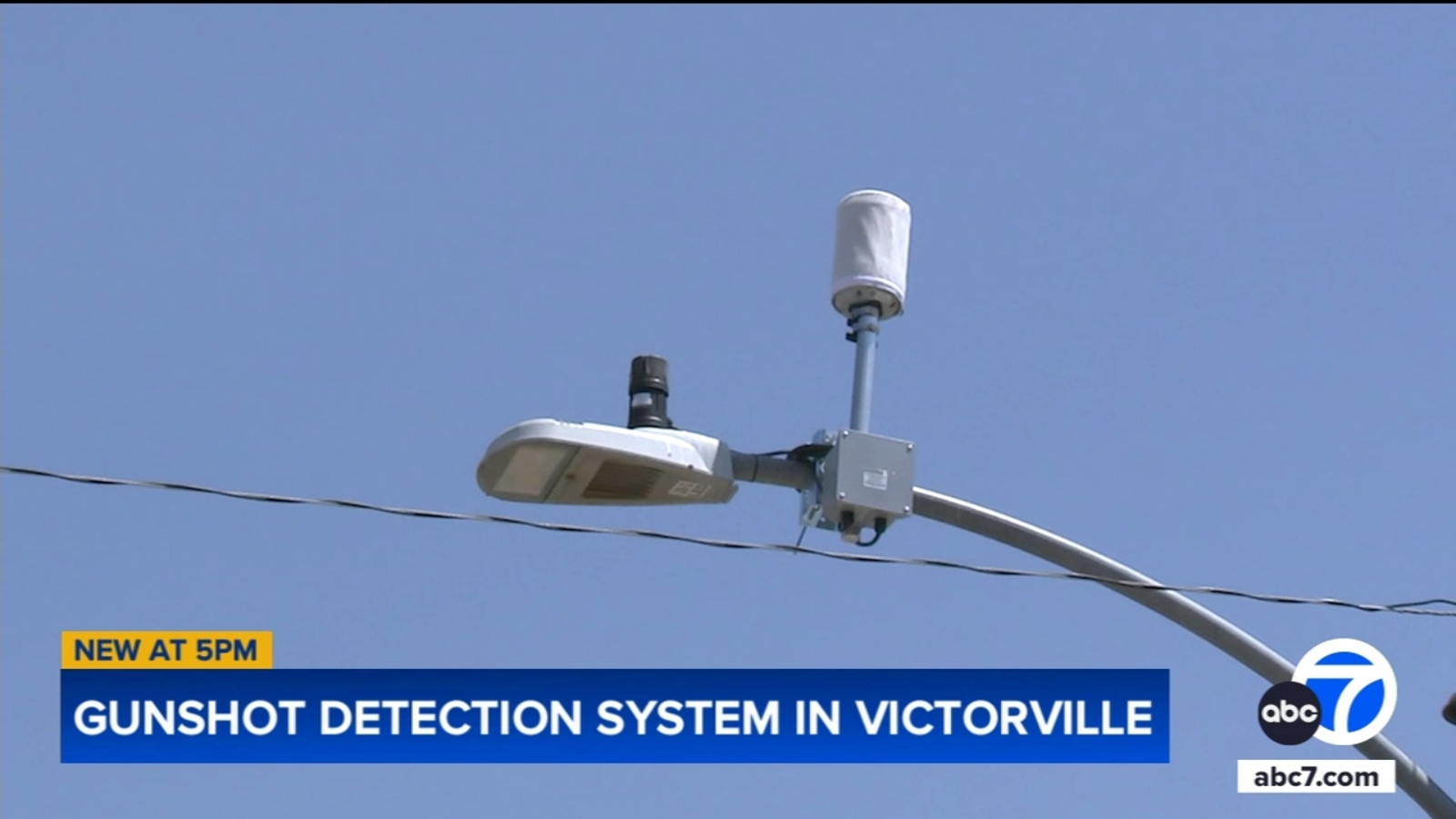Tech vs. Tradition: Can Advanced Technology Truly Combat Crime Without Human Officers?

The Evolving Landscape of Law Enforcement
In an era defined by rapid technological advancements, the fight against crime is undergoing a significant transformation. Joe Chow, a leading voice in law enforcement strategy, recently highlighted the critical need for more sophisticated technology to address the complexities of modern crime. However, he also emphasized a crucial point: automation, while valuable, cannot entirely replace the vital role of human police officers.
The rise of cybercrime, sophisticated fraud schemes, and increasingly organized criminal networks demands innovative solutions. Traditional policing methods, while still relevant, often struggle to keep pace with these evolving threats. Technology offers a powerful arsenal of tools, including predictive policing algorithms, advanced surveillance systems, and data analytics platforms that can identify patterns, anticipate criminal activity, and improve resource allocation. These tools can help law enforcement agencies be more proactive and efficient in their efforts to prevent and solve crimes.
The Limits of Automation: Why Human Officers Remain Essential
Despite the undeniable benefits of technology, Chow’s perspective underscores a fundamental truth: policing is, at its core, a human endeavor. While automation can handle routine tasks, analyze data, and even identify potential suspects, it lacks the nuanced judgment, empathy, and critical thinking skills that are essential for effective law enforcement.
Consider the complexities of community policing. Building trust and rapport with residents, understanding local dynamics, and resolving conflicts peacefully require human interaction and emotional intelligence – qualities that machines simply cannot replicate. Furthermore, interpreting ambiguous situations, making split-second decisions in high-pressure environments, and adapting to unforeseen circumstances demand human adaptability and intuition.
A Hybrid Approach: Combining Technology and Human Expertise
The optimal approach, according to Chow and many experts, is a hybrid model that leverages the strengths of both technology and human officers. Technology should be viewed as a tool to *augment* human capabilities, not to *replace* them.
- Enhanced Decision-Making: Data analytics can provide officers with valuable insights, enabling them to make more informed decisions on the ground.
- Improved Efficiency: Automation can free up officers from administrative tasks, allowing them to focus on more complex and critical duties.
- Increased Safety: Technology like body-worn cameras and real-time situational awareness systems can enhance officer safety and accountability.
However, it's crucial to address the ethical considerations surrounding the use of technology in law enforcement. Concerns about bias in algorithms, privacy violations, and the potential for misuse must be carefully considered and mitigated through robust oversight and regulation. Transparency and accountability are paramount to ensuring that technology is used responsibly and ethically.
Looking Ahead: The Future of Policing
The future of policing will undoubtedly involve a greater integration of technology. Artificial intelligence, machine learning, and other emerging technologies promise to further transform the field. However, as we embrace these advancements, it’s vital to remember that human officers will remain an indispensable part of the equation. Their ability to connect with communities, exercise judgment, and uphold the principles of justice will continue to be essential for maintaining safety and order in our society. Joe Chow's insight serves as a valuable reminder that technology and tradition must work in harmony to create a more effective and equitable system of law enforcement.






